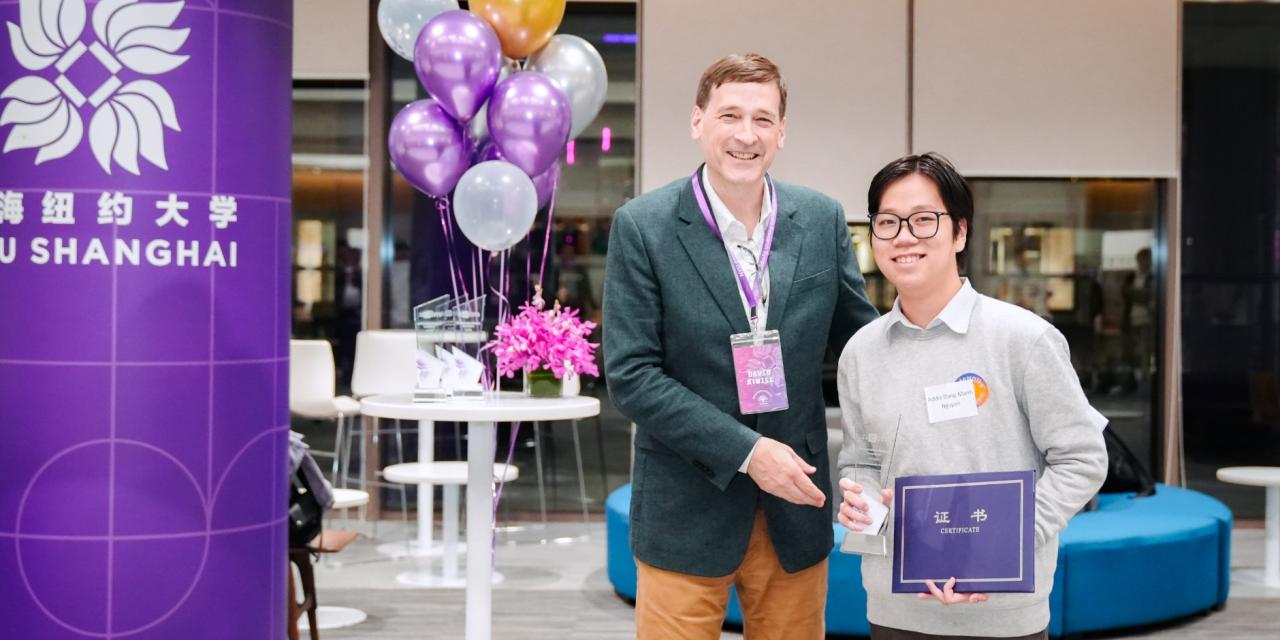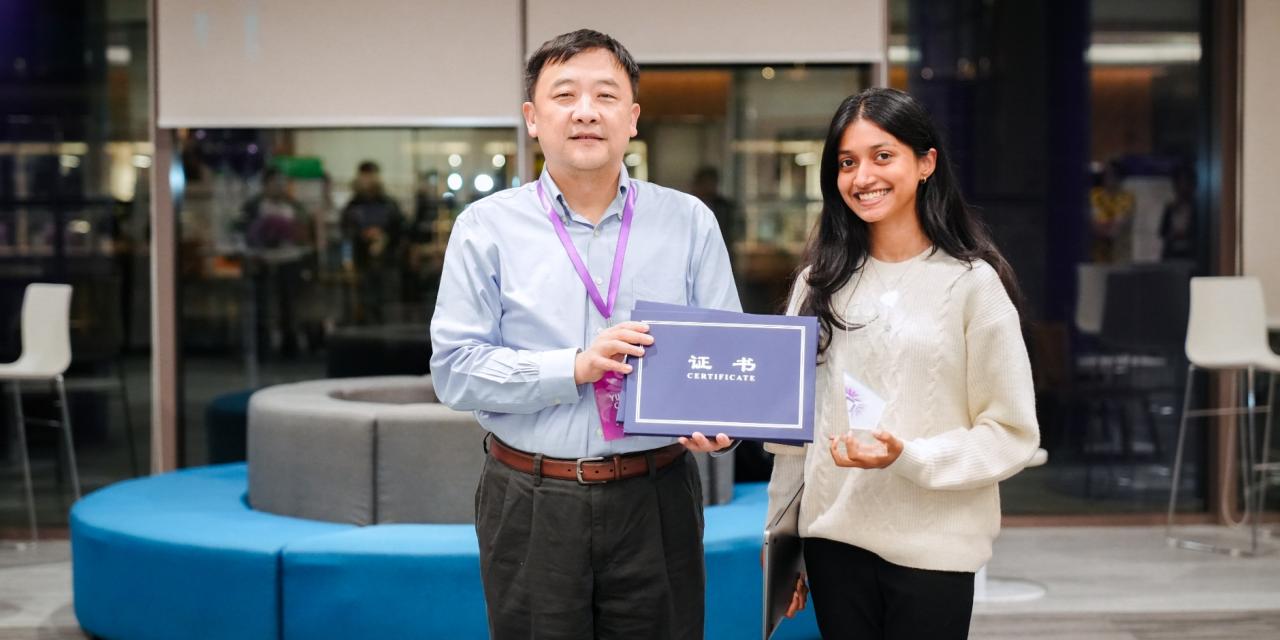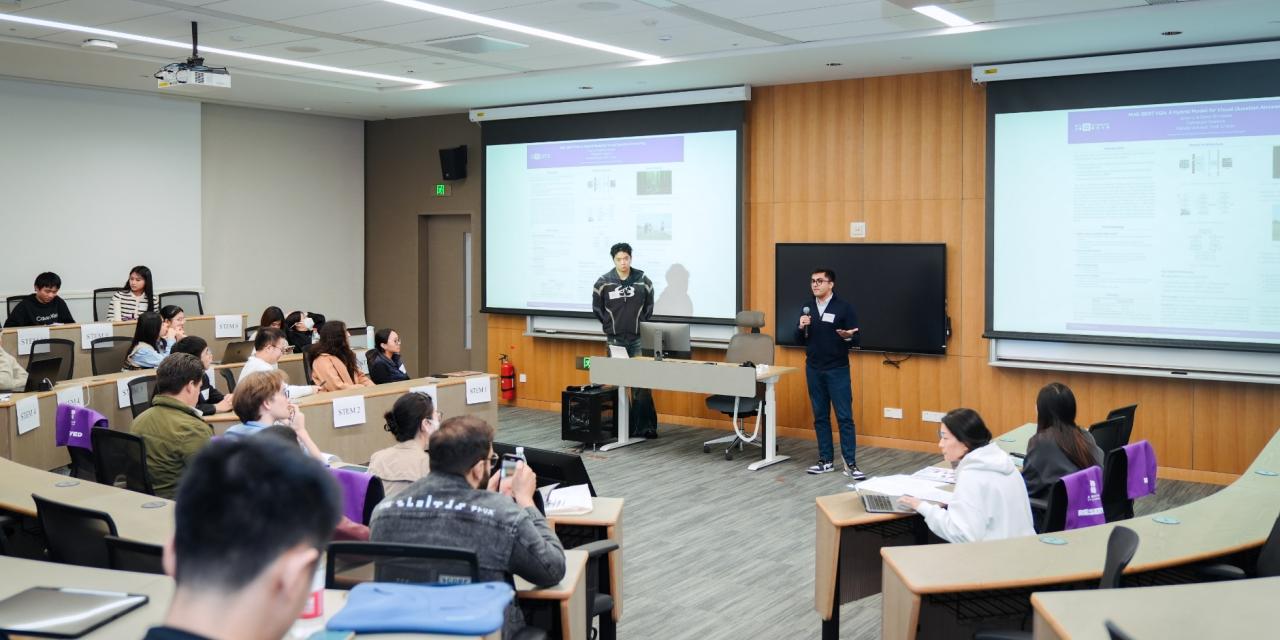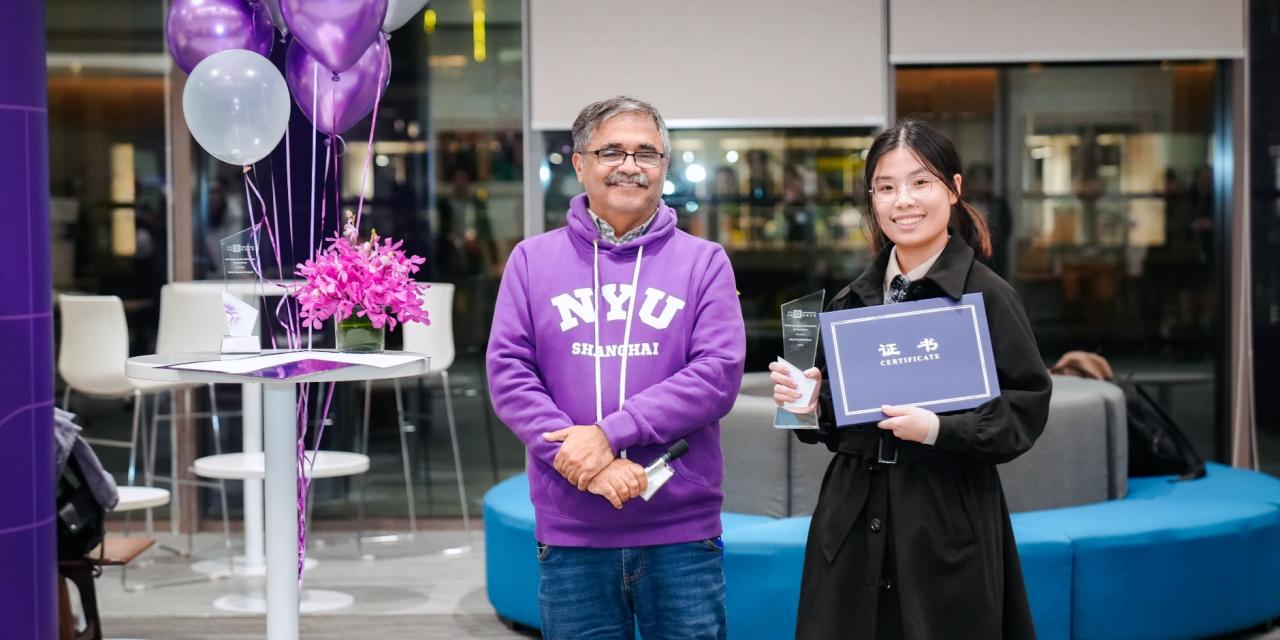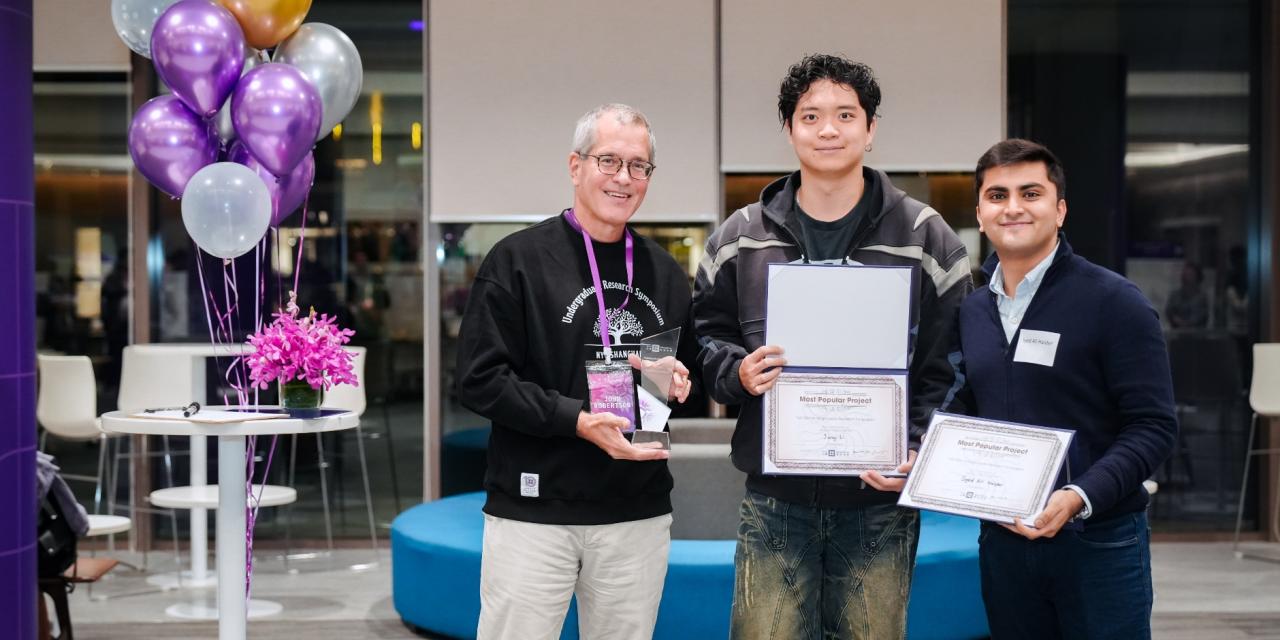Eligibility and Application Instructions
Funding Amounts
Each selected student (regardless of whether they are working on their own or in a group) will individually receive a 6,000 RMB stipend, disbursed in two allotments. 3,000 RMB will be provided at the beginning of the approved project period and the remaining 3,000 RMB will be provided after successful submission of the project evaluation. The funding is subject to all applicable taxes and does not affect financial aid. There is no additional funding available to reimburse project expenses. All project implementation expenses are expected to be drawn from the stipend.
Eligibility
NYU Shanghai students are eligible to apply if they satisfy all of the below requirements:
- Will not be graduating in spring or summer 2026
- Will not undertake an internship or job in summer 2026
- Have secured a Faculty Mentor to supervise the project. Faculty Mentors can mentor no more than two DURF projects and no more than four DURF students overall during the summer. Current tenured, tenure-track, and full-time continuing contract professors from the NYU Global Network can serve as DURF Faculty Mentors. Interested applicants should contact potential Faculty Mentors well in advance of the application deadline (e.g. at least one month) to allow sufficient time for Faculty Mentor feedback on the project proposal.
Application Instructions
Deadline: March 1, 2026, 11:59 PM China Standard Time (CST). Decisions will be announced before the end of April 2026.
There are two components to the application. You will need to:
- Share your completed proposal with your Faculty Mentor and ask that they submit the Faculty Mentor Endorsement Form by the deadline. You must thoroughly communicate with your Faculty Mentor about your proposal details well in advance, providing sufficient time for your Faculty Mentor to review your proposal before the deadline.
- Fill out the Student Application Form by the deadline. You will be asked to upload your transcript and proposal in the form. Most students should submit proposals following the General Proposal Instructions. For students who wish to work in the Arts and Creative Humanities, the Proposal Instructions for Arts and Creative Humanities Topics are most appropriate. See the detailed guidelines for both kinds of proposals below. If working in a group, each group member must submit an individual application form.
You may wish to review notes from the DURF Information Session where previous DURF recipients and Faculty Mentors shared their advice. Any questions may be directed to shanghai.durf@nyu.edu.
The Commitments of a Faculty Mentor are to:
- Give feedback to the student(s) on their DURF research proposal, assess the student(s)’ research plan, and submit the Faculty Mentor Endorsement Form by March 1, 2026, 11:59 PM China Standard Time.
- If the DURF is awarded and the student's research involves human subjects, the Faculty Mentor should apply for Institutional Review Board (IRB) review on behalf of the student(s) before the research is initiated. The IRB requires Faculty Mentors to apply to the Board as Principal Investigators as students cannot apply on their own. Please note that for human subjects research, the IRB approval must be secured before the first stipend allotment is disbursed and no later than June 14, 2026. If the approval has not been secured by June 14, the student forfeits the DURF.
- Complete a brief Evaluation Form at the end of the DURF Project evaluating the quality of the student’s project execution and the project outcome.


